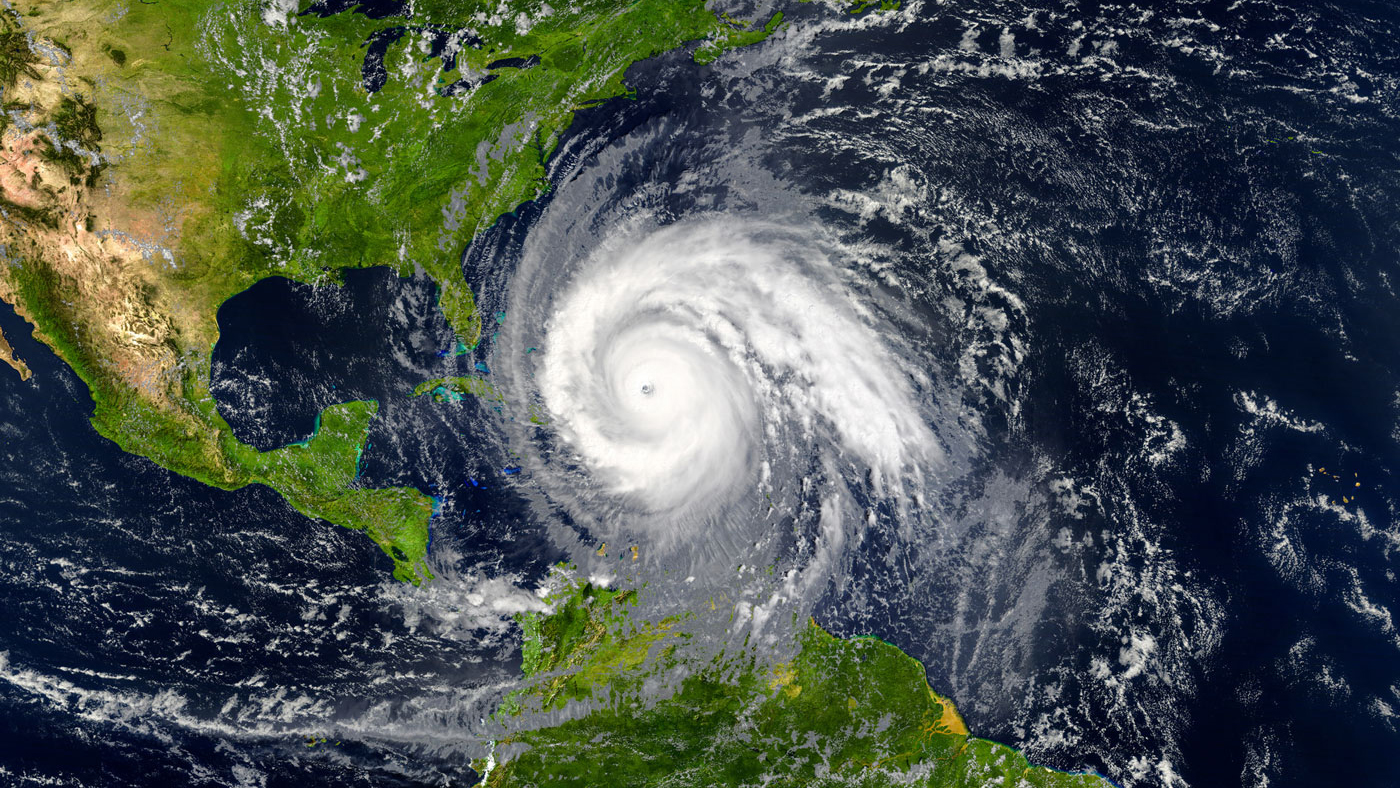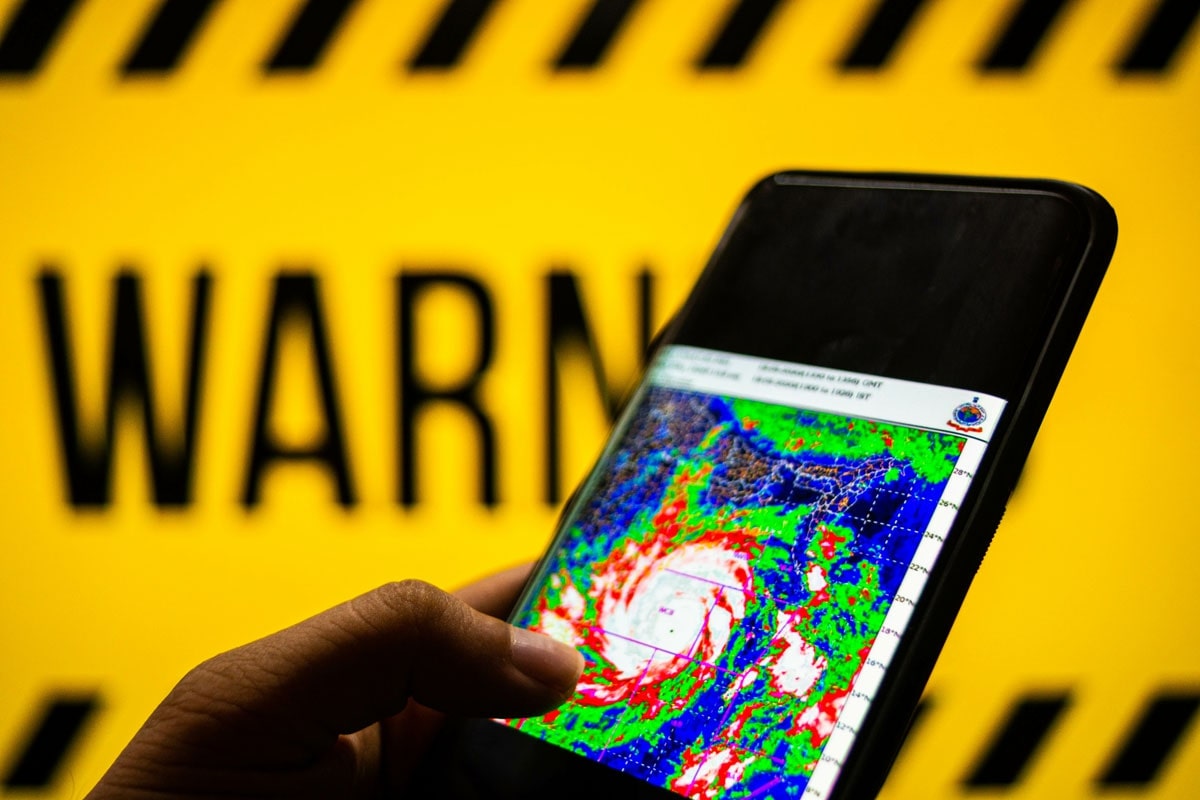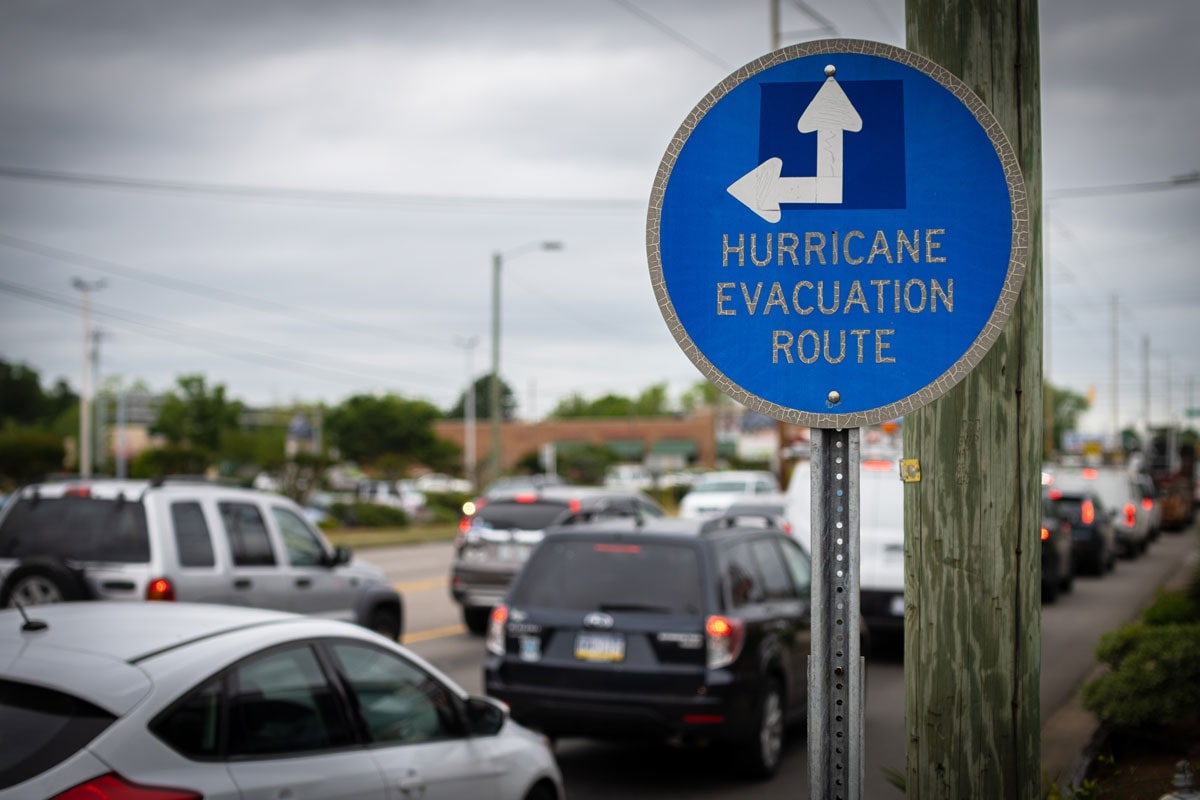Hurricane Watch Vs. Hurricane Warning
Live in a Hurricane-prone area? Do you know the difference between a watch and a warning?
 Getty
Getty
Differences Between a Hurricane Watch vs. Warning
There are some key differences between a hurricane watch and a hurricane warning that you’ll want to be aware of and use to help you prepare for anticipated storm conditions. While a hurricane watch issues notice of the possibility of a hurricane, a hurricane warning communicates the expected arrival of a hurricane.
Local officials provide advisories for both hurricane watches and hurricane warnings, as well as evacuation instructions when needed. Other news sources where you can find pertinent information around hurricane watches, warnings, and updates include NOAA, National Weather Center and National Weather Service.
Let’s take a closer look at the difference between a hurricane watch and a hurricane warning:
 Adobe
Adobe
What is a Hurricane Watch?
Hurricane Watch — Hurricane conditions (sustained winds of 74 mph or higher) are possible within a specified area. A hurricane watch is issued 48 hours in advance of the anticipated onset of tropical storm-force winds in an area. Anticipate high winds that can be accompanied by storm surge and coastal or river flooding.
During a hurricane watch, prepare your home and review your plan for evacuation in case a hurricane warning is issued. Listen closely to instructions from local officials.
What is a Hurricane Warning?
A hurricane warning is issued when there’s an expectation of hurricane conditions (sustained winds of 74 mph or higher) within a specified area. Hurricane warnings are issued 36 hours in advance of the expected onset of tropical storm-force winds.
At the time of a warning, you’ll need to complete your storm preparations and immediately leave the threatened area if evacuations are ordered. Like a hurricane watch, hurricane warnings can be accompanied by storm surge and coastal or river flooding.
 Adobe
Adobe
What are the Hurricane Categories?
Along with a hurricane warning, meteorologists will provide information about the category of a hurricane and/or the predicted category of a hurricane at landfall. There are five categories of hurricanes according to the Saffir-Simpson Hurricane Wind Scale:
- Category 1 Hurricane – sustained wind speeds of 74-95 mph that can produce some damage
- Category 2 Hurricane – sustained wind speeds of 96-110 mph that can cause extensive damage
- Category 3 Hurricane – sustained wind speeds of 111-129 mph that can cause devastating damage
- Category 4 Hurricane – sustained wind speeds of 130-156 mph that can cause catastrophic damage
- Category 5 Hurricane – sustained wind speeds of 157+ mph that cause catastrophic damage
What are the dangers of a hurricane beyond high winds, flooding, and storm surge?
Rip currents and tornadoes are other hurricane-triggered dangers that can affect people and communities in addition to high winds, flooding, and storm surge. Caused by strong winds, rip currents are powerful currents of water that flow away from shore and can pull even strong swimmers out to sea.
Even when hurricanes are still 1,000 miles away, rip currents can form because of storm churn. Tornadoes often form as a part of the thunderstorms that are embedded in the rain bands of hurricanes. Though typically not high-risk or long-lasting, hurricane-fueled tornadoes can still be dangerous and hard to spot. Stay tuned to local news for tornado watches and warnings during any hurricane activity.
We have several FREE guides that you can access for Hurricanes, Floods and Tornadoes, here are the links: